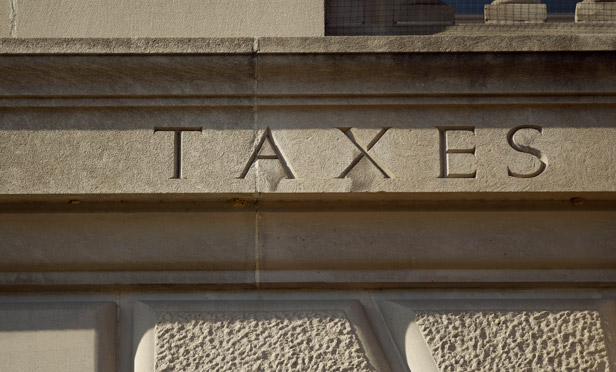
 (Photo: Bloomberg)
(Photo: Bloomberg)
The Internal Revenue Service and the Treasury Department proposed regulations on Wednesday to allow individuals making large gifts between 2018 and 2025 to do so without worrying that they will lose the tax benefit of the higher exclusion level once it decreases after 2025.
The proposed regulations, which implement changes made by the tax overhaul enacted in 2017, address the effect of the tax law's changes to the basic exclusion amount used in computing federal gift and estate taxes.
The tax law temporarily increased the BEA from $5 million to $10 million for tax years 2018 through 2025, with both dollar amounts adjusted for inflation, the IRS explains.
For 2018, the inflation-adjusted BEA is $11.18 million. In 2026, the BEA will revert to the 2017 level of $5 million as adjusted for inflation.
The proposed regs will affect donors of gifts made after 2017 and the estates of those who die after 2017.
The proposal will be out for a 90-day comment period after being filed in the Federal Register.



